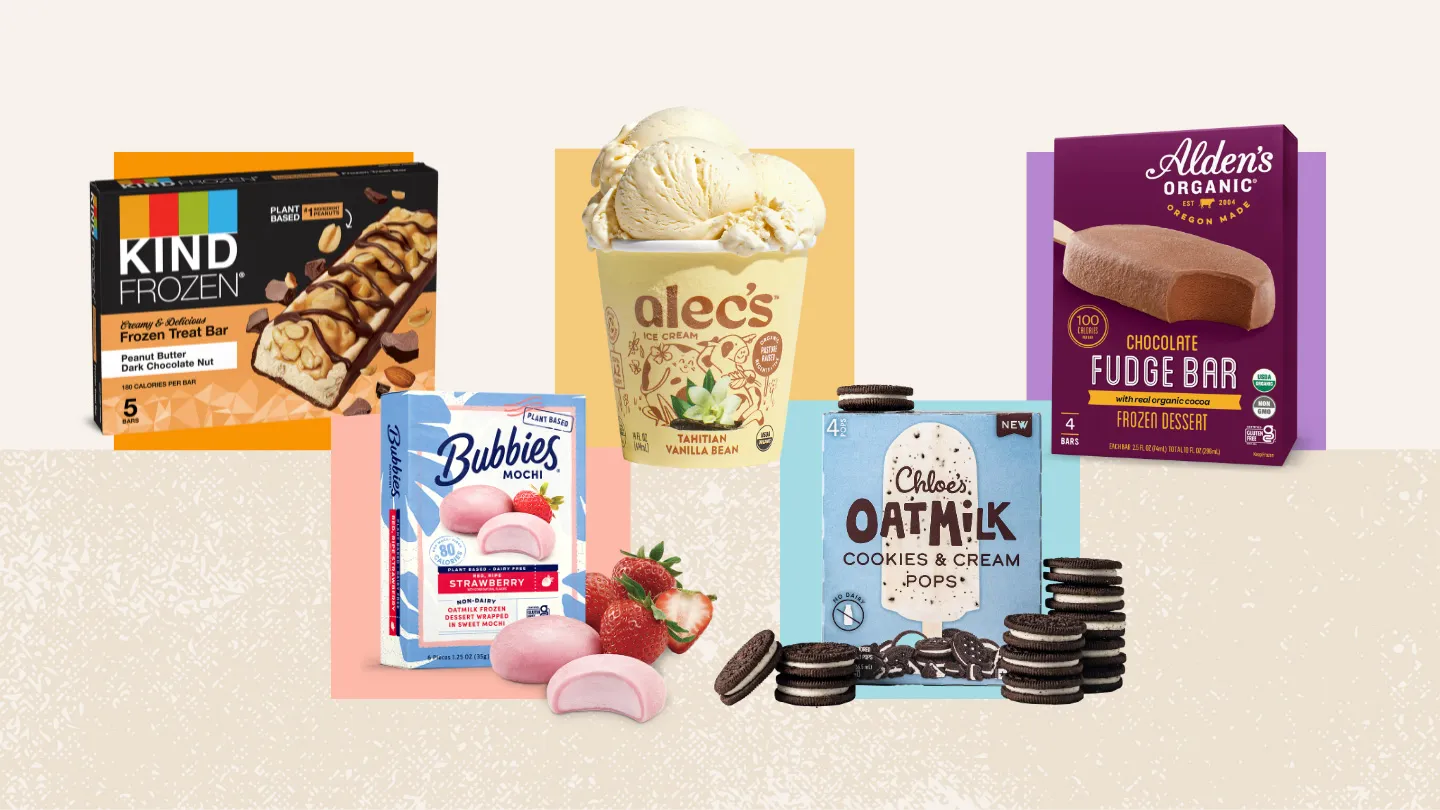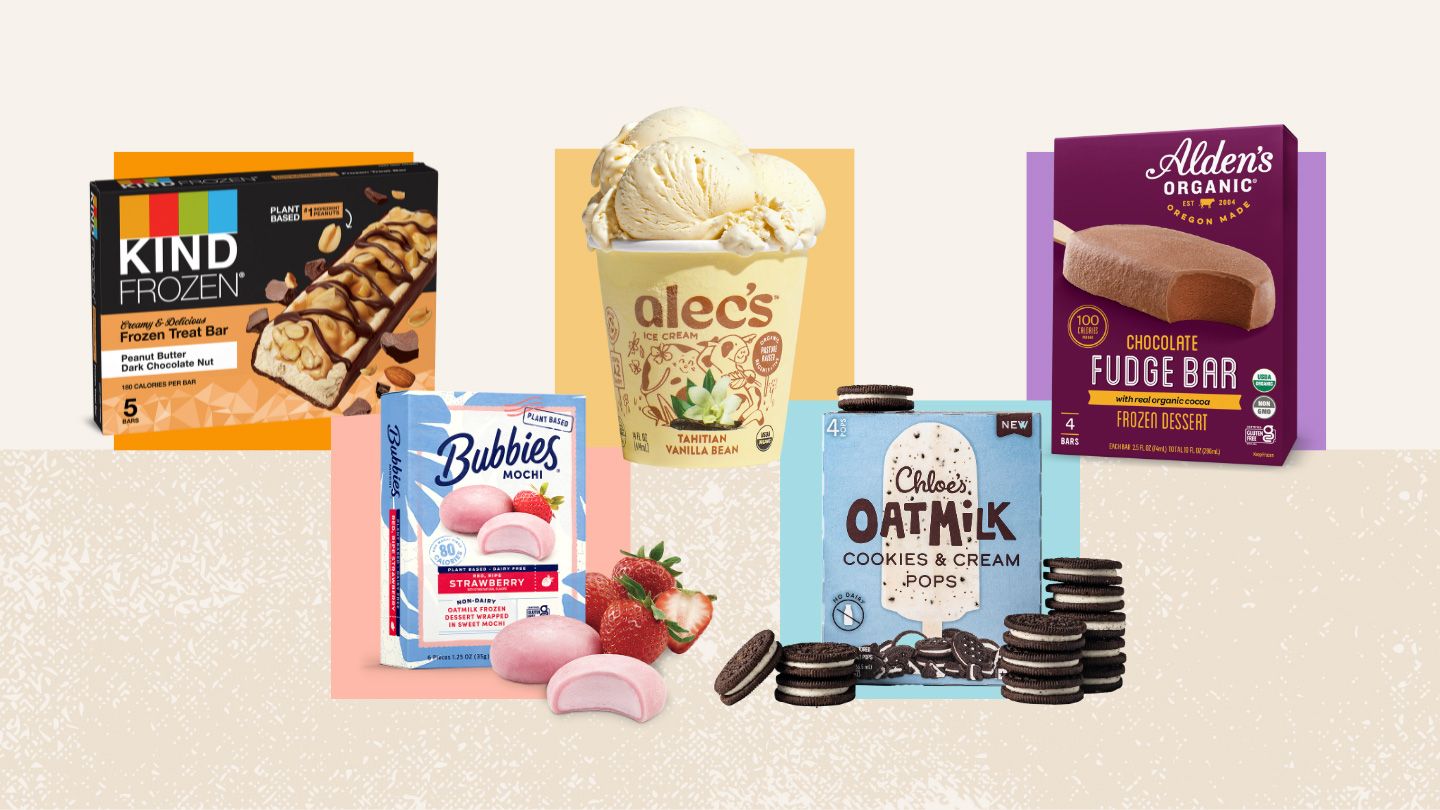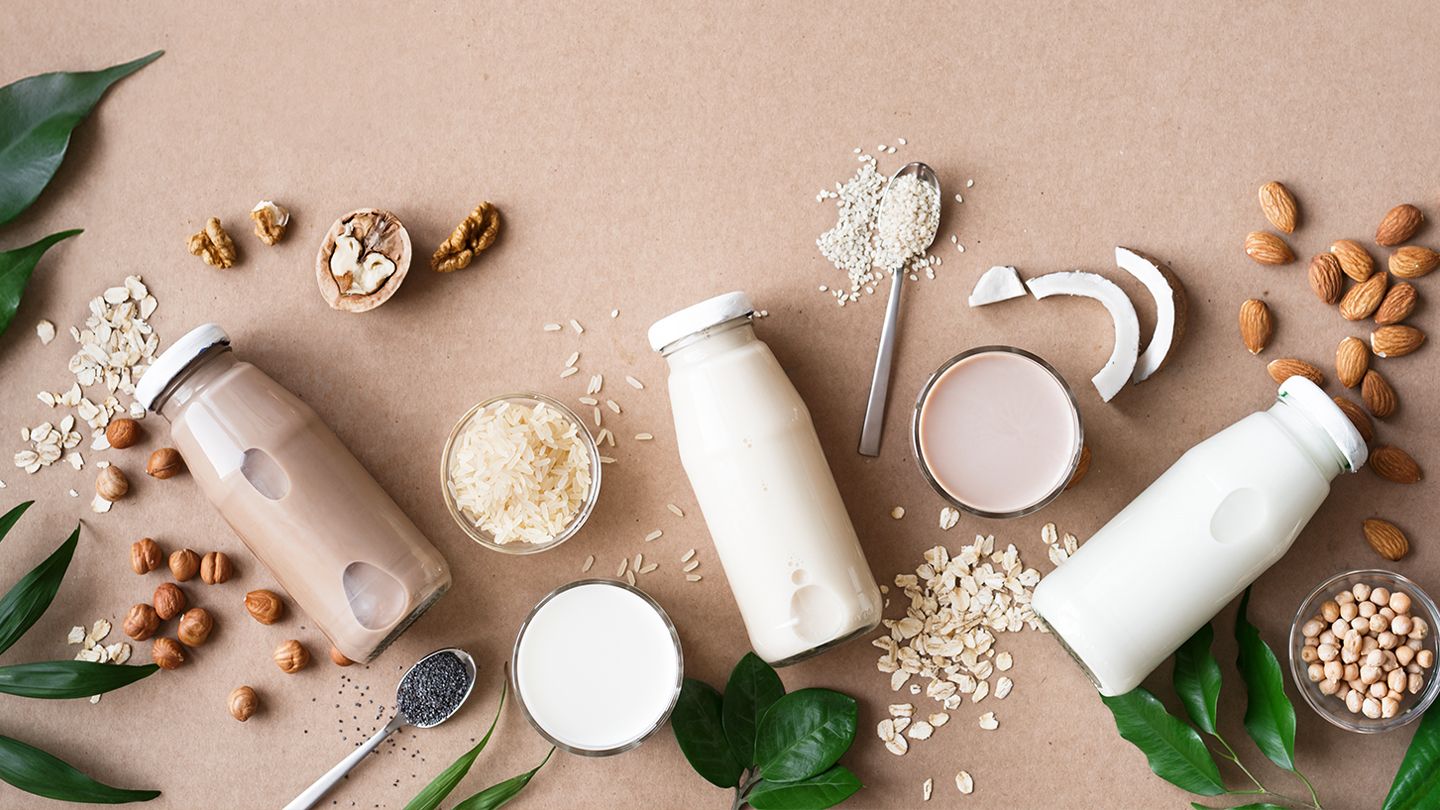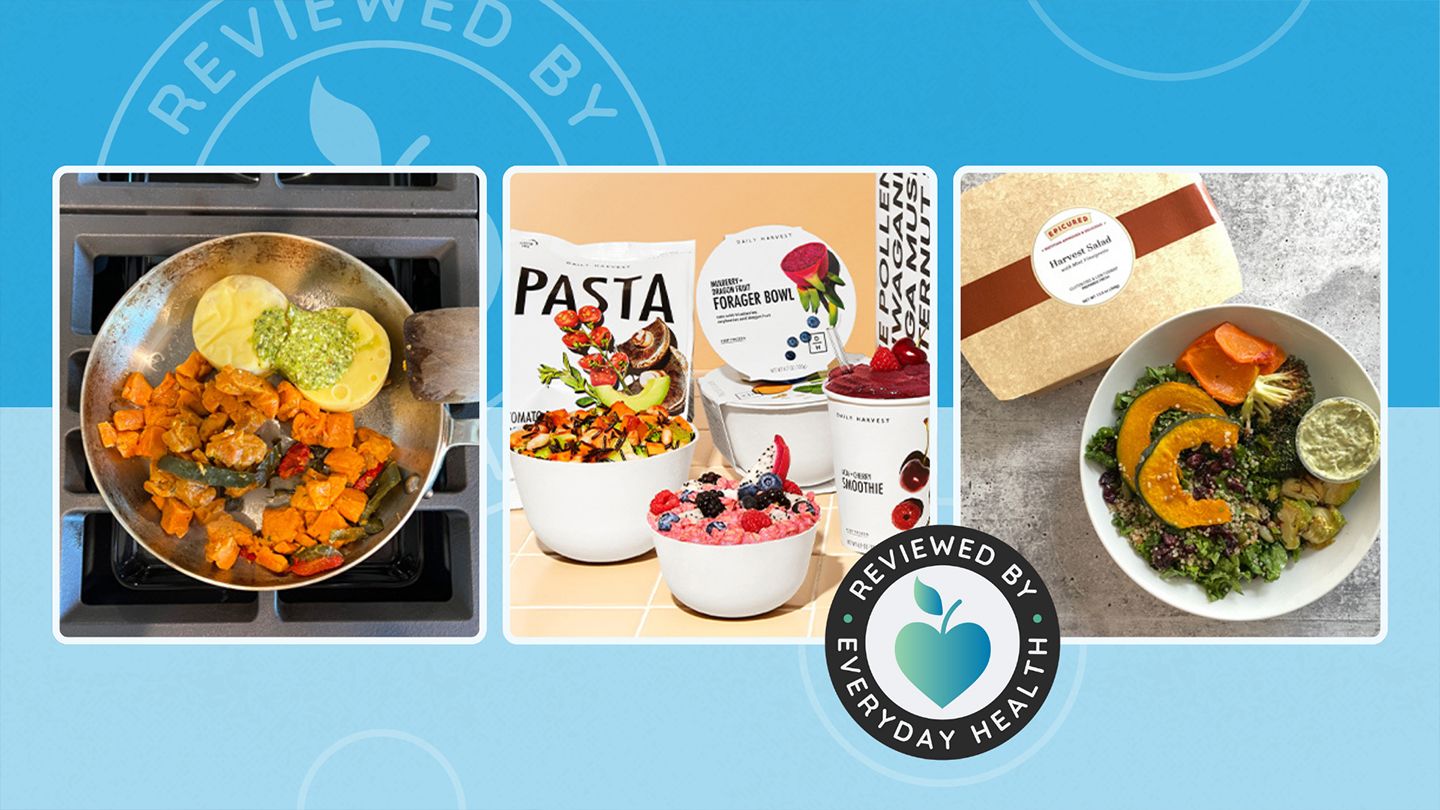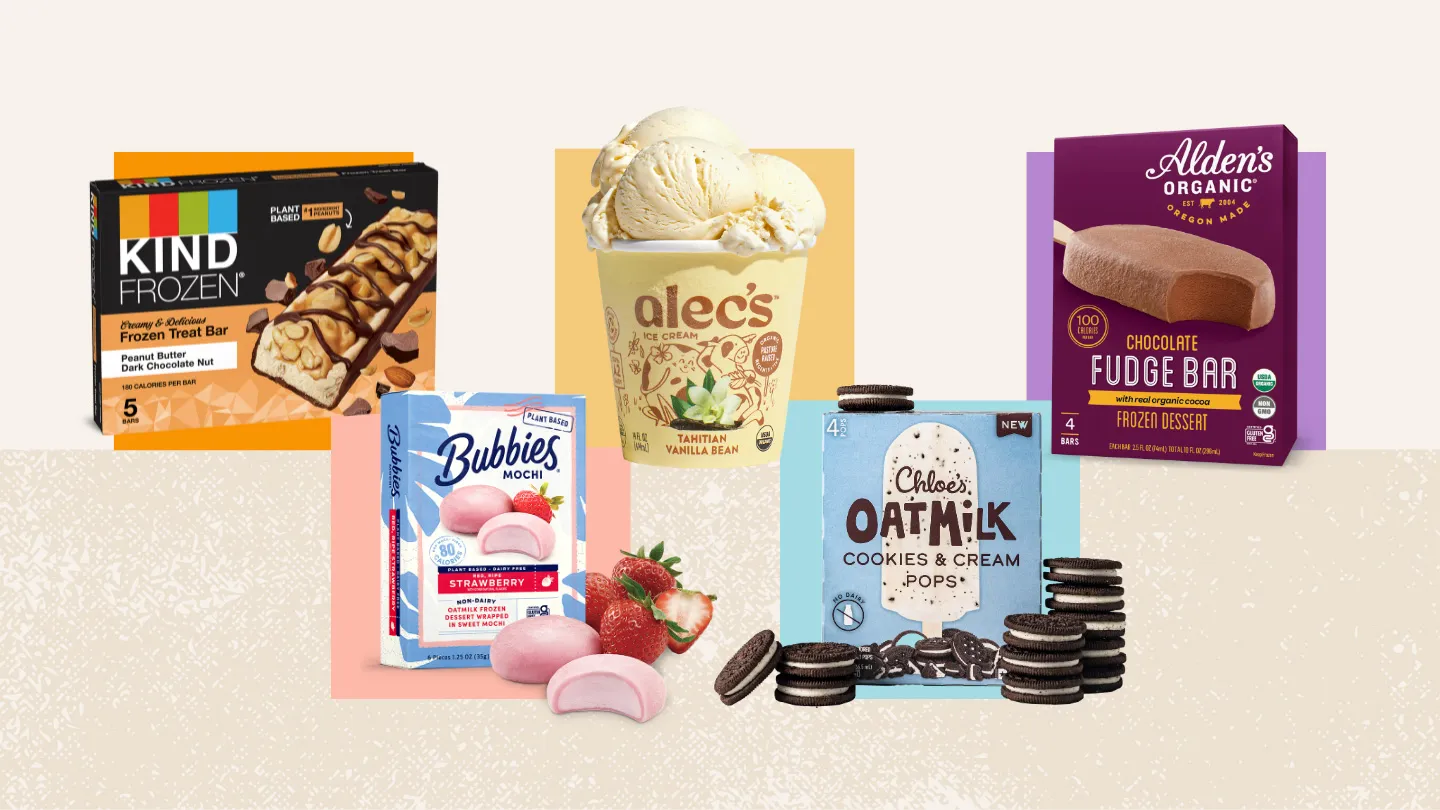Does Orange Sherbet Contain Dairy?
If you avoid dairy due to lactose intolerance or other reasons, you may wonder if favorite frozen desserts like orange sherbet are still on the menu. Many people assume the fruit flavors mean these are dairy-free treats. But what's the real scoop on ingredients?
Exploring the smooth and creamy world of sherbets offers insight into what traditional recipes contain. You’ll also discover multiple dairy-free alternatives let you savor the sweet tang without tummy troubles.
Defining Real Sherbet
Authentic sherbet differentiates from sorbet thanks to the addition of dairy ingredients. So by federal definition, sherbet must contain a minimum of 1-2% milkfat and 2-5% milk solids.
These dairy components lend sherbet its creamier, richer consistency compared to fruit-juice-based sorbets. Most commercial orange sherbet uses 2% milkfat.
Beyond dairy, traditional sherbet also utilizes sugar and egg whites to obtain its signature smooth, scoopable texture.
Common Dairy Sources in Orange Sherbet
Skim or whole milk often provides the dairy foundation. Sweetened condensed or evaporated milk also sees frequent use for concentrating flavor.
Many sherbet recipes also incorporate buttermilk, cream, half and half, or small amounts of melted butter. Eggnog and yogurt make appearances too for extra richness.
Whipping cream or cream cheese lend a light, airy texture. Meanwhile, cottage cheese or ricotta cheese ensure creaminess.
Why Dairy Causes Problems
Dairy ingredients like milk, cheese, butter and cream contain the natural sugar lactose. An enzyme called lactase normally breaks lactose down for digestion.
But with lactose intolerance, lactase is lacking or inadequate, allowing lactose to pass through undigested. Bloating, cramps, gas and diarrhea can then result as bacteria ferment excess lactose in intestines.
Milk allergies prompt immune reactions with symptoms like vomiting, skin issues or breathing problems. Those with milk protein intolerance struggle to digest casein and whey, experiencing abdominal pain or constipation.
Lactose Content Varies
People with lactose intolerance can often tolerate small doses, especially when consuming lactose with meals over extended time. Yogurt and harder aged cheeses for example contain less lactose than milk.
The culturing process pre-digests some lactose into lactic acid. Aged cheeses also lose lactose content over time. Still, dairy-free remains safest for those highly sensitive.
Great Dairy-Free Orange Sherbet Options
Thankfully, avoiding dairy doesn’t relegate you to a boring dessert-less existence. Creative recipes produce stellar dairy-free sherbets without sacrificing that sweet creamy factor.
Coconut Milk Sherbet
For a super simple twist, full-fat coconut milk replaces dairy. Chilled cans lend an already thick, creamy base mirroring milk’s texture and richness.
Coconut extract boosts flavor while retaining that fresh orange zing. A touch of lemon or lime juice balances out the sweetness.
Cashew or Almond Milk Sherbets
Unsweetened almond milk or cashew milk make fine backdrops for orange sherbet too. Vanilla varieties infuse extra flavor.
Nut milks on their own run thin, so cornstarch, tapioca flour or arrowroot starch thicken the blend. A spoonful of nut butter maintains a creamy mouthfeel.
Tofu Orange Sherbet
Silken tofu pureed into the mix magnificently mimics dairy’s soft texture. Extra firm tofu cubed and blended works too.
Processing drops any beany flavor, leaving an ultra-smooth base with the ease of non-dairy creaminess. Additional sweetener balances tofu’s faint savory hints.
Vegan “Ice Cream” Base
Readymade dairy-free “ice cream” lends convenience for those short on time. Coconut, almond, oat or soy bases offer blank slates to build orange sherbet upon.
Simply blend in fresh orange juice concentrate, zest and extracts to taste. Sprinkle in spices like cinnamon or nutmeg to finish.
Tips for Making the Best Dairy-Free Orange Sherbet
Crafting any frozen dessert without dairy calls for a few adjustments to perfect that creamy decadent consistency:
Pick Produce at Peak Ripeness
Tree or vine-ripened fruits pack the most vibrant flavor and sweetness. Opt for oranges with thin, bright orange skin without green patches for fullest taste.
Zest Some Style
Zest orange skin before juicing to infuse oils and aromatic compounds residing within the peel. For each orange, average 1-2 teaspoons zest.
Mix some mint, lemon or lime zest too for extra dimension. Microplane graters efficiently shred zest into fine flecks to dissolve smoothly.
Juice Fresh Is Best
Nothing beats fresh-squeezed OJ still bursting with lively citrus flavor. For roughly 4 oranges, expect around 1 cup juice.
Bottled not-from-concentrate juice works too. Steer clear of concentrates until after blending the base to retain tang.
Splash or Spritz with Flavor Oils
Stirring orange extract directly into the mix prevents alcohol content muting fresh flavors. However quality extract in moderation infuses natural vibrant notes.
Alternatively, orange oil delivers pure concentrated essence without alcohol – just a few drops amps up citrus intensity.
Sweeten as Needed
Ripe peak oranges offer ample innate sweetness, requiring less added sugar than you might expect. Still, balancing sweetness remains essential.
Maple, coconut or agave syrups substitute for granulated sugar to retain vegan or paleo status. Stevia tweaks sweetness without the blood sugar rollercoaster.
Fortify with Thickeners
Nondairy milks and liquids lack the viscosityboosting proteins of cream. Adding starch prevents icy grittiness or rapid melt.
Options like cornstarch, tapioca flour, arrowroot and agar-agar dissolve invisibly while thickening the blend.
Finish with Fun Flair
Customize consistency and flavor by mix and matching extra ingredients before freezing. Consider cocoa nibs, citrus peel, herbs, spices, or nut butters swirled throughout.
The creamy possibilities stay delicious without dairy or disruptive tummy troubles getting in the way of dessert.
Handling Food Allergies and Sensitivities
If you avoid dairy and suspect orange sherbet harbors hidden ingredients upsetting your stomach, take proactive steps to indulge safely.
Read Labels Carefully
Scan ingredient lists vigilantly since milk-based components can sneak in under vague terms like “natural flavors” or “emulsifiers.”
Also double check labels noting a product is “dairy-free” to ensure precautions against cross-contamination during manufacturing.
Whip Up Your Own
Ultimately you control exactly what goes into homemade frozen desserts. Experiment with ingredients until hitting that perfect sweet spot of ideal texture and taste.
Inquire About Preparation
When eating out, politely ask how establishments prepare frozen desserts listed as dairy-free to verify equipment stays thoroughly cleaned between processing.
Reputable eateries take cross-contamination seriously regarding food allergies and happily provide transparency.
Don’t let bothersome dairy stop you from reveling in refreshing, sweet orange sherbet. Simply shift to dairy-free options or recipes fulfilling your cravings without the discomfort.
Disclaimer: This article is for informational purposes only and does not constitute medical advice. Always consult with a healthcare professional before starting any new treatment regimen.
Related Coverage
Traditional orange sherbet recipes contain milk, cream or other dairy ingredients. But coconut, nut or soy milk offer easy dairy-free substitutes to still enjoy the sweet treat....
This complete guide covers the best milk, cheese, cream, yogurt, butter and ice cream substitutes to manage lactose intolerance through a dairy-free diet....
Lactaid and other lactose-free ice creams allow those with lactose intolerance to enjoy a creamy treat. Learn how Lactaid ice cream differs nutritionally and get tips for incorporating into an intolerance diet....
Sherbet contains some dairy, but can often be dairy-free. Explore the ingredients in sherbet, nutrition facts, health benefits, tips for eating, and recipes....
If you have lactose intolerance, eliminating dairy can lead to nutritional gaps. Learn about the best milk substitutes, supplements to fill shortfalls, and how to eat dairy-free....
Learn how lactose free and dairy free diets differ for managing lactose intolerance and milk allergies. Understand label reading tips and substitution options....
For those avoiding dairy, delicious plant-based alternatives abound. Learn about nutritious and tasty soy, nut and coconut milks, cheeses, yogurts, ice creams....
Discover the best non-dairy cereal milk options for lactose intolerance including soy, almond, coconut, oat, cashew, hemp and rice milk plus recipes and diet tips....
Learn whether orange sherbet contains milk and lactose or if it's a dairy-free dessert option. Get info on dairy-free orange sherbet varieties for lactose intolerance....
Learn about the lactose content in different types of goat cheese and goat milk. Get tips for including goat cheese in a low-lactose or lactose-free diet....


